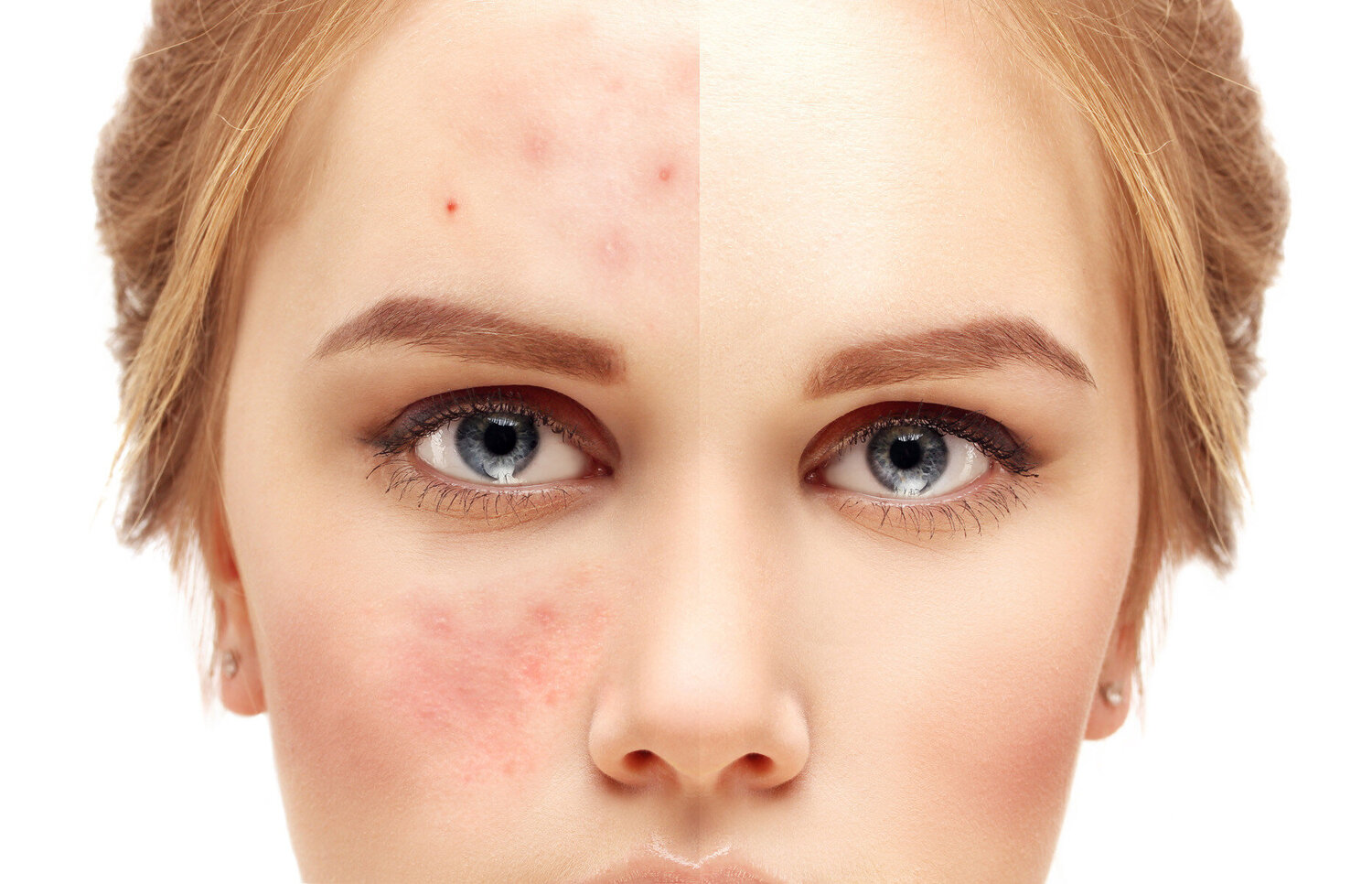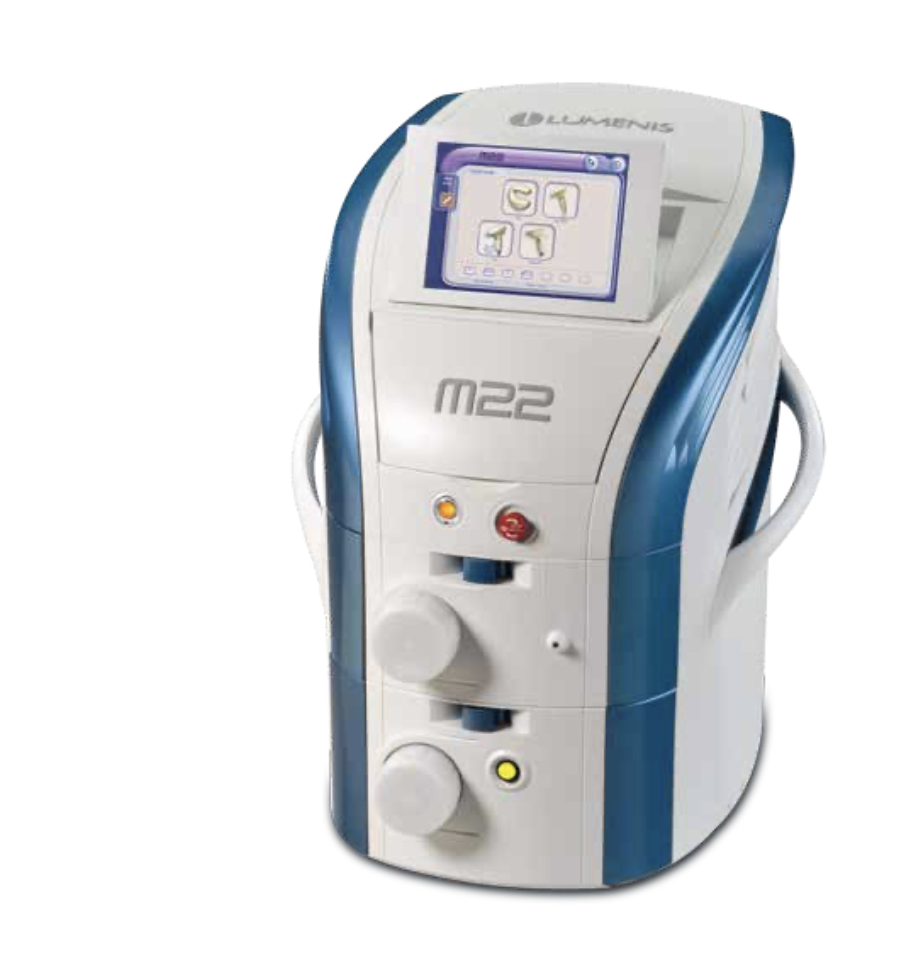The fascinating pair of words – carbon peeling – actually denotes a fairly straightforward and simple beauty treatment that has found many fans all over the world due to its effectiveness!
Carbon peeling – what does it mean?
The term combines two words carbon and peeling; therefore it is a deeply exfoliating procedure that uses carbon gel. The treatment is quite new in the beauty industry; however, it has already captured the hearts and imaginations of many clients all over the world!
Carbon peeling or laser peeling with the help of carbon gel is a renowned and valued high-tech procedure that combats the signs of ageing, brightens the facial complexion and alleviates different skin conditions. The treatment is also highly suitable for oily skin as it reduces pores and normalises the production of sebum.
The goal of carbon peeling is removing dead skin cells and renewal of the skin, the treatment stimulates all metabolic processes, including the metabolism of lipids.





